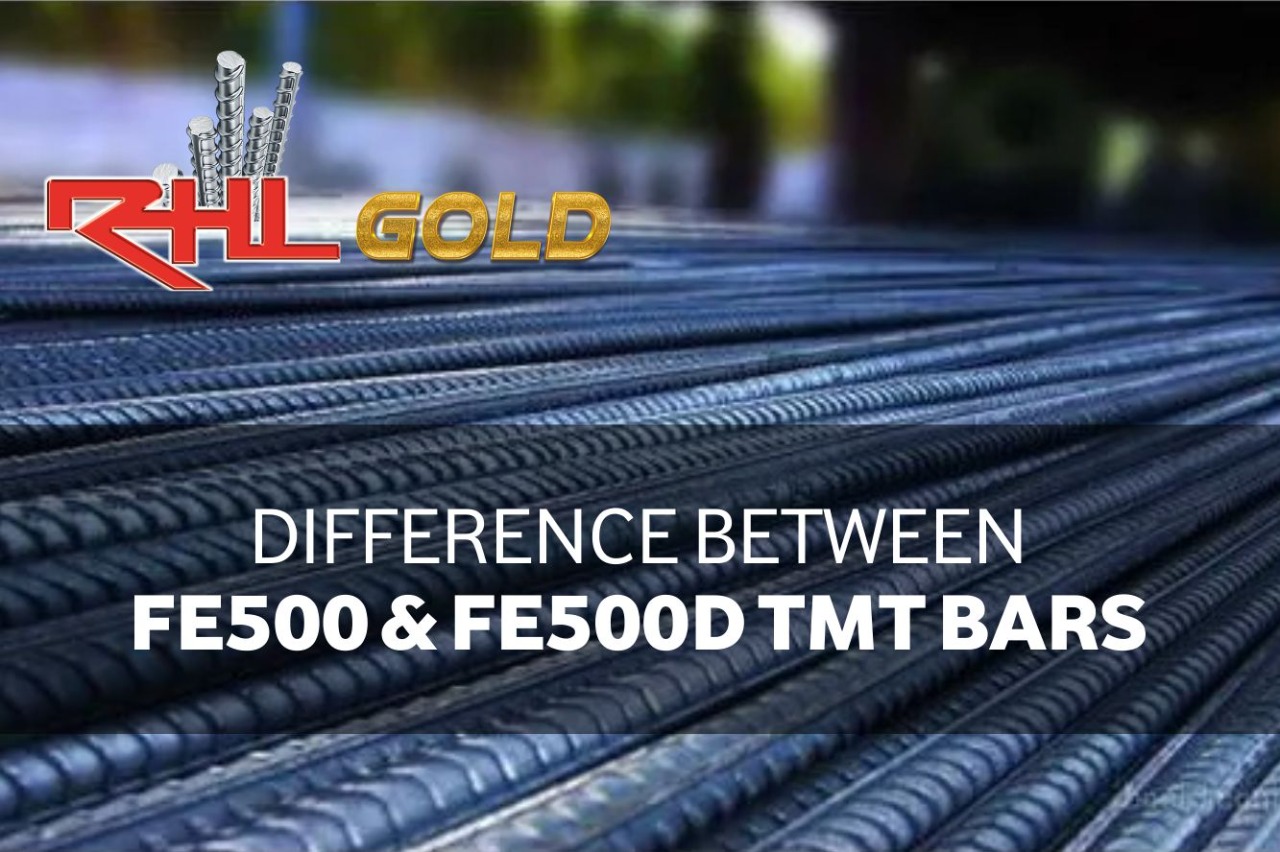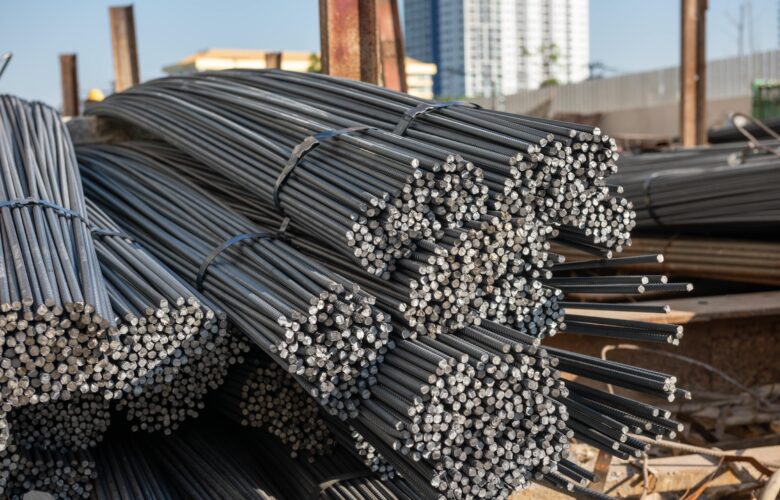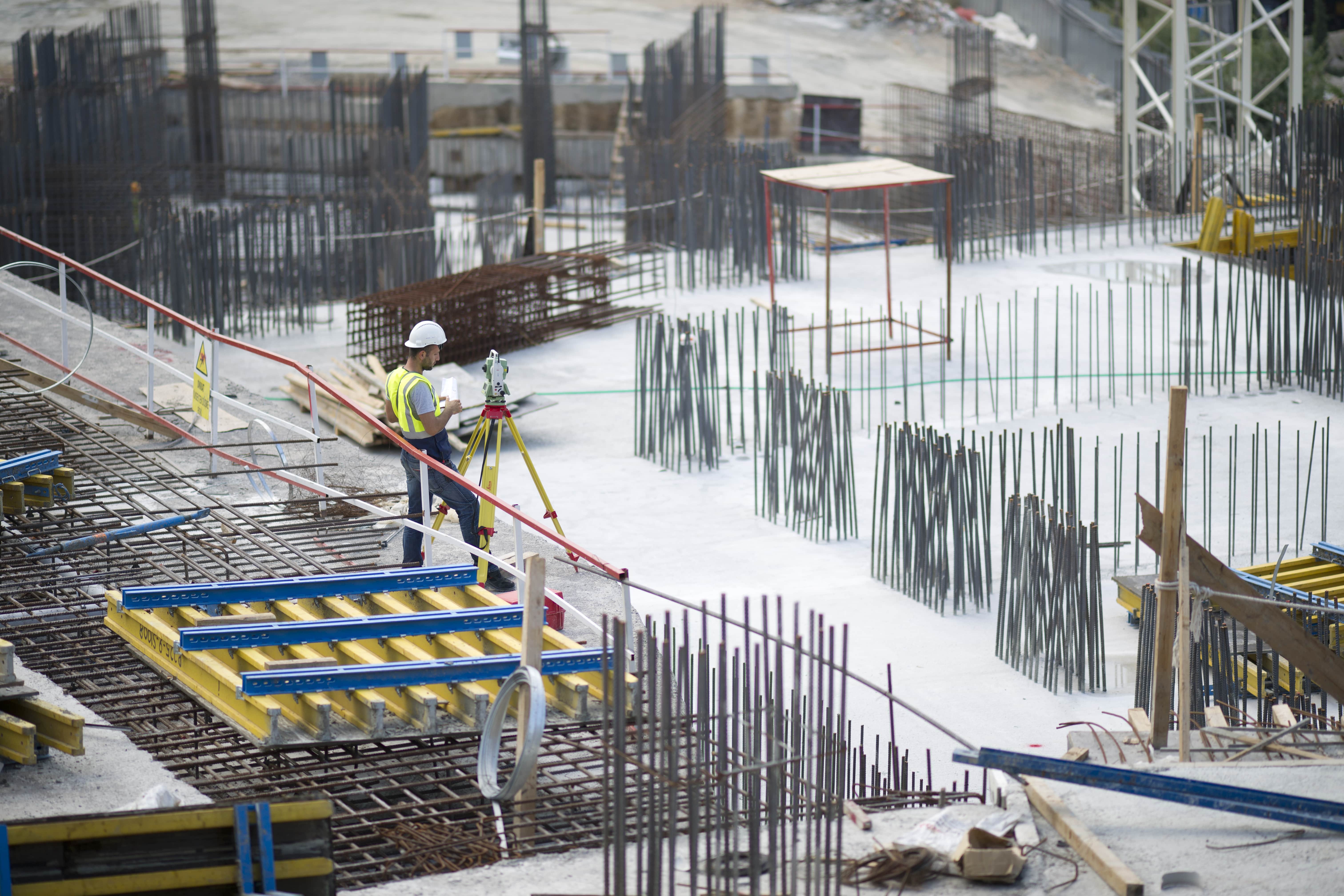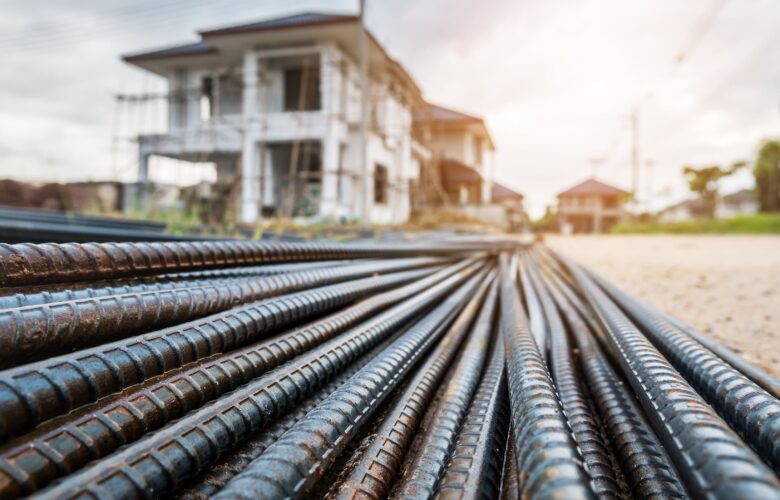‘Super Quality TMT Bar’ TMT bars are the deep foundation of every construction, which at the base of the foundation carries the weight of the building, slabs, beams, columns and of course the live load of people and their belongings. And as the strength of every structure, TMT bars have to be designed to withstand loads including windstorms and earthquakes. Quality materials such as cheap steel bars usually contain high levels of unknown elements that are harmful to manufacturing. This means that the steel bar does not have the required chemical and physical properties.
Now the customer is alert and due to higher level of education and better purchasing power, they require better quality of product and are ready to pay for it. TMT steel bars are steel bars that have undergone what is known as “thermo mechanical treatment”. These TMT bars are approved by Bureau of Indian Standards for building and construction projects. Fe 500 and Fe 500D are some of the best TMT bars in India.
chemical Composition of TMT Bars Fe 500 & Fe 500D The word “Fe” denotes Iron, “500” means minimum yield stress in N/mm2 and the letter “D” indicates that such bars have higher value of yield strength (high UTS/YS and %) elongation). These bars have low percentage of sulfur and phosphorus which are harmful to the steels used in manufacturing. High sulfur leads to “hot shortness” in which the melting point of the steel is lowered, leading to failure under extremely high temperature conditions. The higher phosphorus leads to “cold shortness”,

in which the steel becomes brittle and breaks under extremely cold conditions. Furthermore, the carbon percentage value in these bars is low to improve the ductility and weldability of the steel. These FE 500 D and FE 500 steel specification bars are produced under a strictly regulated manufacturing process which enables them to be easily bendable.
There is an important relationship between concrete and steel. Concrete has very high compressive strength but relatively low tensile and ductility, so when it fuses with TMT steel bars; This gives rise to a highly ductile and ductile combination.
While both Fe500 and Fe500D TMT bars are the best TMT bars for construction projects, Fe500D TMT bars come with higher ductile strength than Fe500 TMT bars. The tensile strength of steel remains the same for both these products. However, it is the overall flexibility that makes all the difference. Ductility is the ability of a material to deform elastically and to adapt to stress while tensile. When a piece of ductile material is stretched, before it breaks (breaks apart), it will deform, change its shape to adapt to the stress. In doing so it will also absorb energy, which is represented by the area under the curve AB’ in the figure below.
The opposite of ductility is brittleness. A brittle material absorbs, under stress, very little energy (the area under curve AB) and, usually, is not even plastic (in the example below it has very limited plasticity).
This feature gives Fe500D TMT bars the ability to absorb sudden loads, making them ideal for various natural calamities such as earthquakes, tsunamis and cyclones. The high safety features offered by Fe500D TMT bars make them well suited for areas with high seismic activity.
The chemical and mechanical properties are given below:
Yield Stress – The stress (load per unit cross sectional area) at which a material begins to deform very rapidly. Before the yield point, the material will deform inelastically and return to its original shape when the applied stress is removed. Once the yield point is passed, some degree of deformation will be permanent and non-reversible.
Ultimate tensile stress – the amount of tensile (stretch) a material can withstand before failing or rupturing. To meet the stringent Phosphorus and Sulfur requirement of Fe500D grade of TMT bars, a unique and patented ERF-ELdFOSTM metallurgical process is used, after melting the sponge iron and hot metal from the blast furnace, which enables the steel to Lead can be dephosphorized and steel can be desulphurised.
Multi stage testing of steel chemistry is done through spectrometer to ensure the chemistry is adhered to within close tolerances. Strict quality control is done in house through NABL approved laboratory. Metal is homogenized in a ladle refining furnace, alloying elements are added to control the chemistry in a narrow range
Dissolved gases are reduced and extractions are carried out to ensure better quality. This refined steel is cast in billets under controlled conditions to minimize gaseous and slag inclusions. Also reducing scrap usage leads to control of trump elements like TaM, V, Ni, Cr etc. These billets are rolled in rolling mill with world famous Thermax accredited water quenching box to achieve desired physical properties Is.
best tmt bar in ayodhya, best tmt bar in up, best tmt bar lucknow, best tmt bar price in up, rhl faizabad, rhl gorhakpur, rhl kanpur, rhl lucknow, rhl profile, rhl profile tmt bar, rhl sariya, rhl tmt bar, Rhl TMT Bar Manufacturer, tmt bar, TMT Bar Manufacturer, TMT Bar Manufacturer in kanpur, TMT Bar Manufacturer in up





